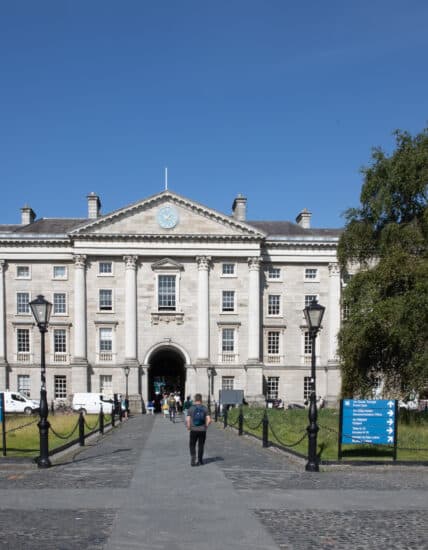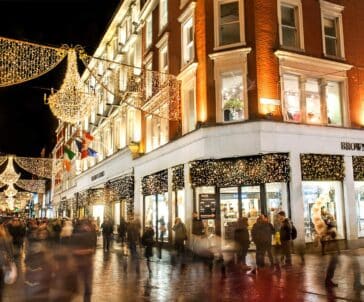History
The Fleet Street Hotel Temple Bar Dublin was once home to the famous Bewley’s bakery and café, which was established by Ernest Bewley in 1905. For business people and well-heeled shoppers, the Bewleys cafés became favourite meeting places and, in true café society style, over the years they were the haunt of artists and writers such as James Joyce and Patrick Kavanagh. The renowned Harry Clarke stained glass windows have been preserved throughout the building. The street was originally known as Sraid na Toinne or ‘Street of the Waves’. This was due to its close proximity to the river Liffey in the 1900s.
During the 19th century, the area slowly declined in popularity and in the 20th century, it suffered from urban decay with many derelict buildings. In the 1980s, government transport department proposed to buy-up and demolish property in the area and build a bus terminus in its place. While this was in the planning stages, the purchased buildings were let out at low rents, which attracted small shops, artists and galleries to the area. Protests ensued and in 1991, the government set up a not-for-profit company called Temple Bar Properties to oversee the regeneration of the area as Dublin’s cultural quarter.
The area got its name from the Temple family, who lived there in the 17th century. The earliest historical reference to the name Temple Bar is on a 1673 map.

